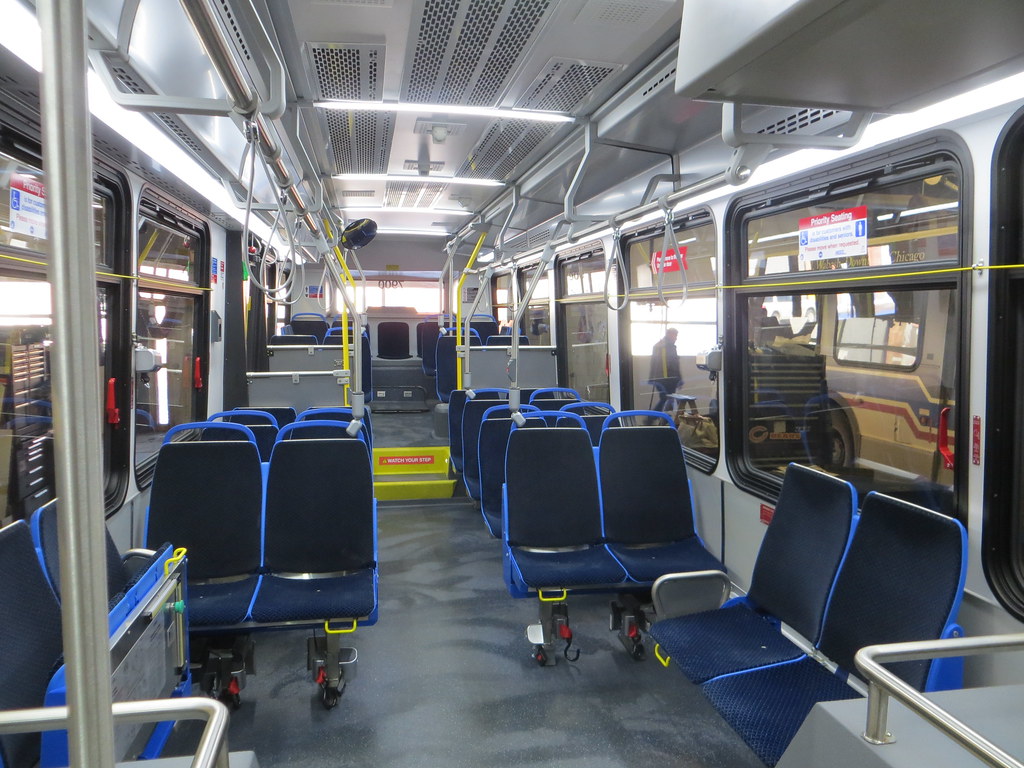Public scheduled buses remain a vital transportation lifeline for millions, connecting communities, enabling access to work, education, and essential services. But in today’s world, where convenience and efficiency reign supreme, understanding and meeting passenger expectations is crucial for ensuring the continued relevance and success of bus services. What do passengers really want from their local bus schedule for bus?
Reliability and Punctuality: The Cornerstone of Trust
Perhaps the most fundamental expectation is reliability. Passengers need to know they can depend on the bus to arrive as scheduled. Frequent delays or cancellations erode trust and force commuters to seek alternative, often more expensive, options. Real-time tracking apps, clear communication regarding delays, and proactive solutions to traffic congestion are key to maintaining consistent service.
Safety and Security: Feeling Secure Onboard
Feeling safe and secure is paramount for all passengers. This includes well-maintained buses, visible security measures like CCTV cameras, and trained drivers capable of handling potentially disruptive situations. Adequate lighting, clear emergency procedures, and a responsive communication channel for reporting concerns are vital for fostering a sense of security.
Comfort and Accessibility: A Pleasant Journey for All
- Cleanliness: Regular cleaning schedules and responsible waste management are crucial.
- Comfortable Seating: Adequate seating space and comfortable seats contribute significantly to passenger satisfaction, especially on longer routes.
- Climate Control: Maintaining a comfortable temperature, regardless of the weather outside, is essential for a pleasant ride.
Information and Communication: Staying Informed
In the age of instant information, passengers expect clear and readily available details about routes, schedules, and fares. This can be achieved through:
- Up-to-date Route Maps and Schedules: Accessible online and at bus stops.
Real-time Bus Tracking Apps: Allowing passengers to monitor bus locations and estimated arrival times. - Clear and Audible Announcements: Providing information about stops, delays, and relevant updates.
- Responsive Customer Service: Addressing passenger queries and complaints promptly and efficiently.
- Affordability and Payment Options: Making Transit Accessible
While quality service is valued, affordability is a major factor influencing ridership. Offering competitive fares, discounted passes, and flexible payment options, including contactless payments, makes bus travel accessible to a wider range of users. Integrating bus fares with other public transportation systems further enhances convenience and encourages ridership.
Beyond the Basics: Innovation and Sustainability
Looking ahead, passengers are increasingly expecting bus services to embrace innovation and sustainability. This aspect includes:
Electric or Hybrid Buses: Reducing emissions and contributing to a cleaner environment.
USB Charging Ports: Enabling users to charge their devices on the go.
Listening and Adapting for the Future
The expectations of bus passengers are constantly evolving. By consistently listening to passenger feedback, embracing innovation, and prioritizing reliability, safety, comfort, and accessibility, public transportation providers can ensure that bus services remain a valuable and indispensable part of the urban landscape for years to come.
Meeting these expectations is not just about providing transportation; it’s about connecting communities, empowering individuals, and fostering a more sustainable bus schedule for bus future.
